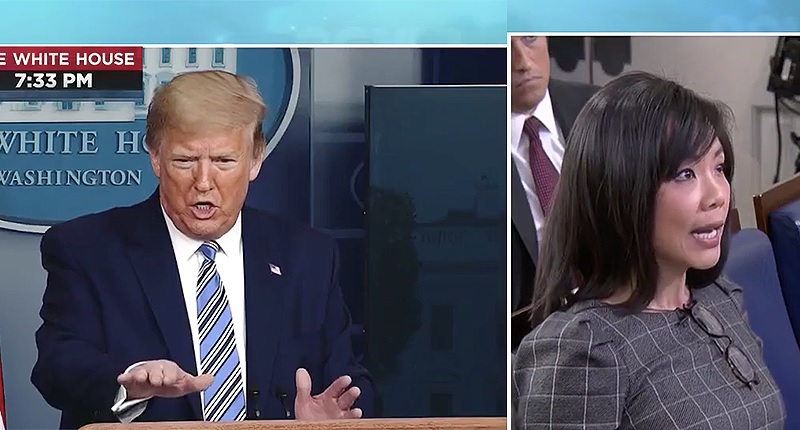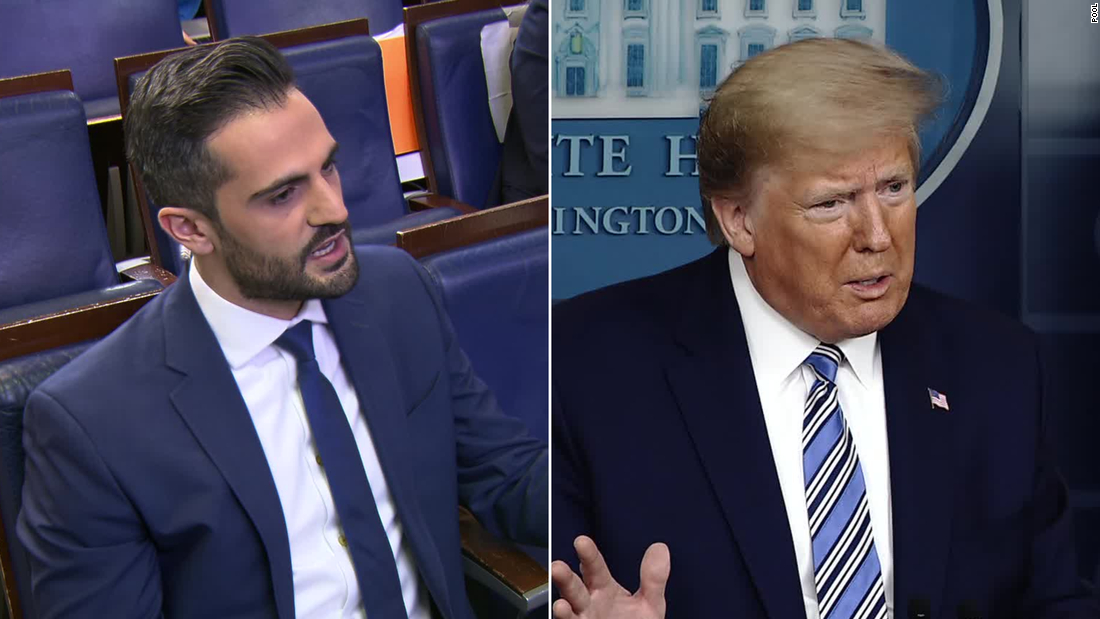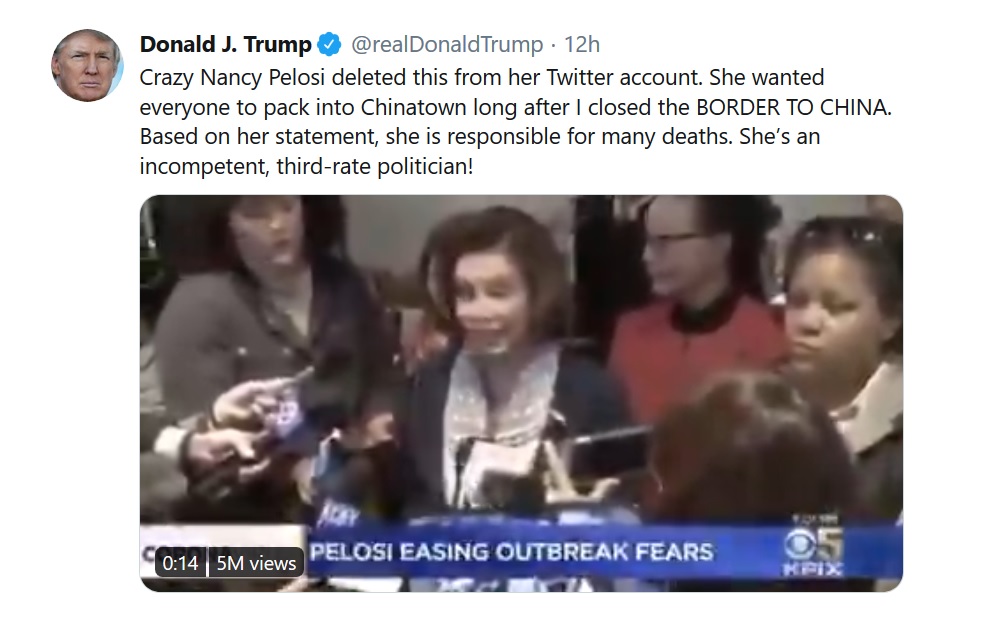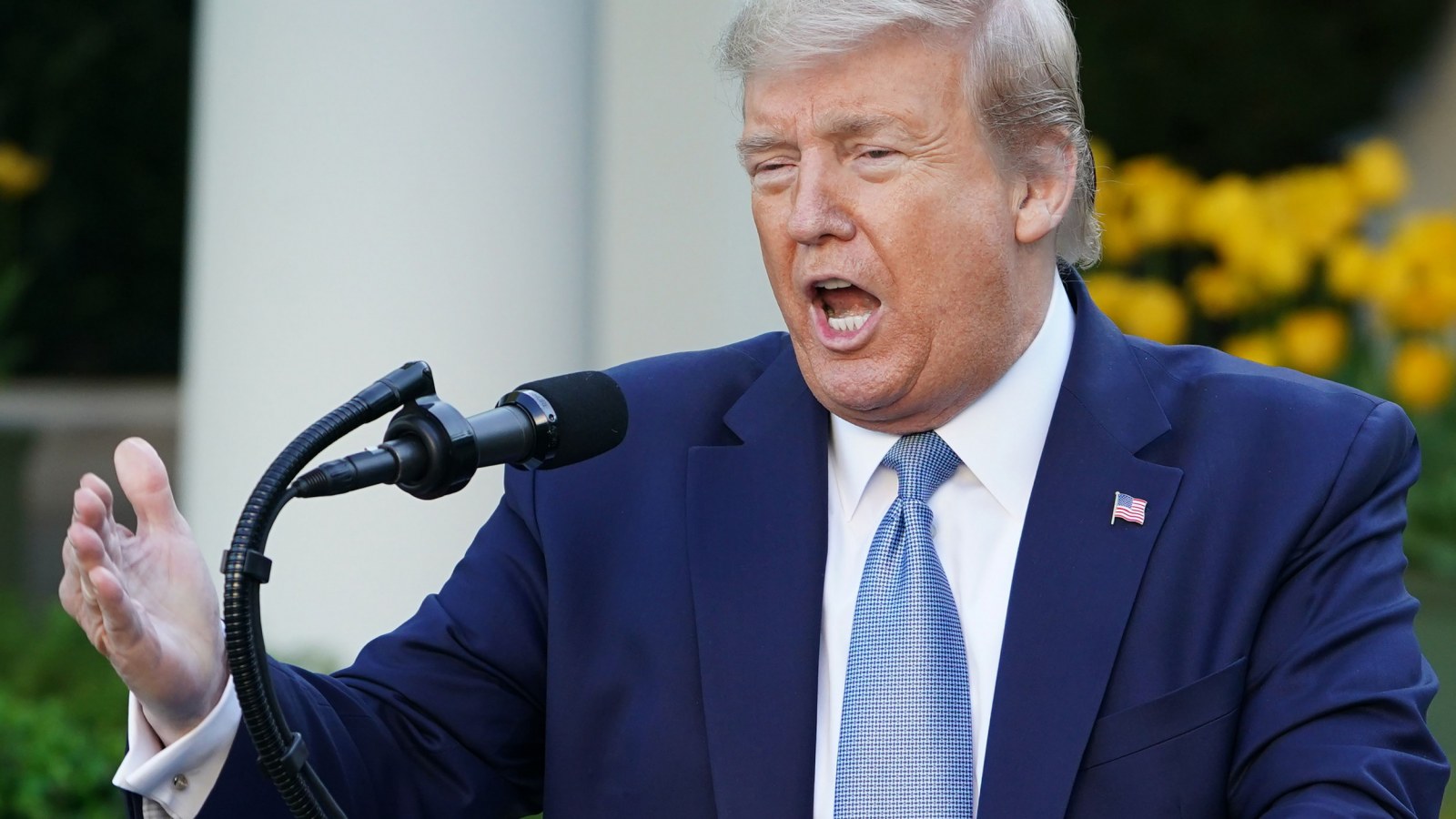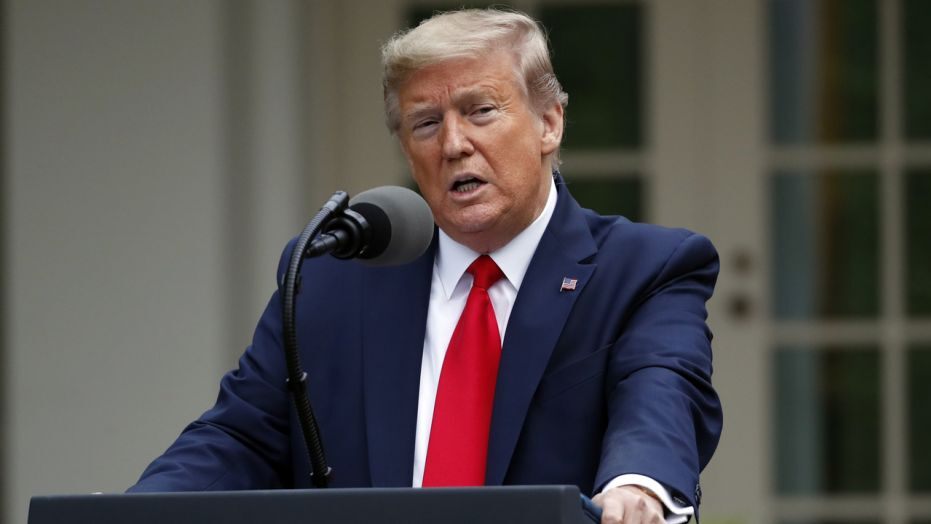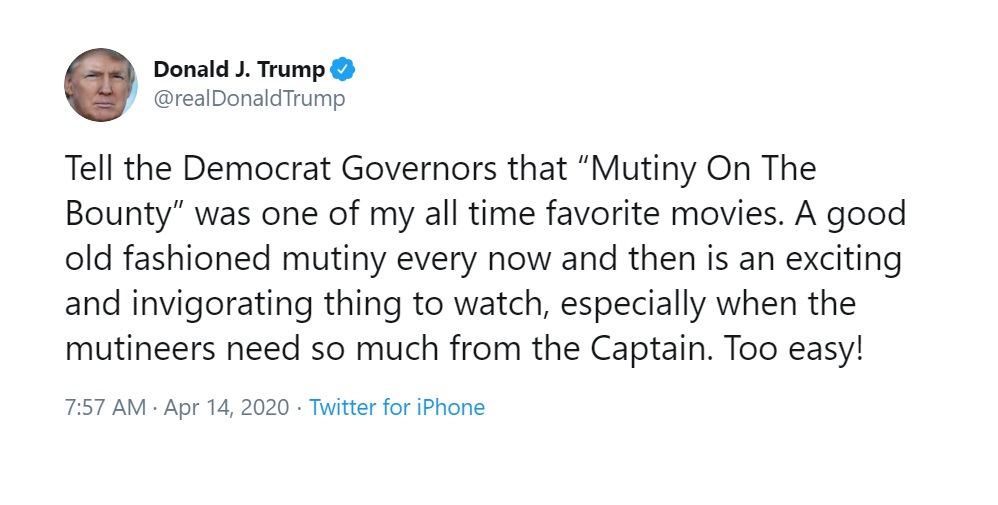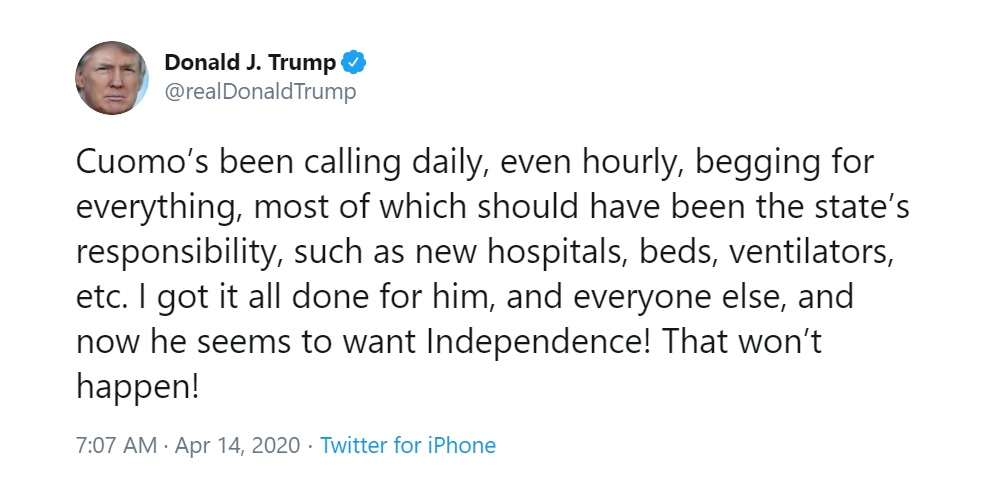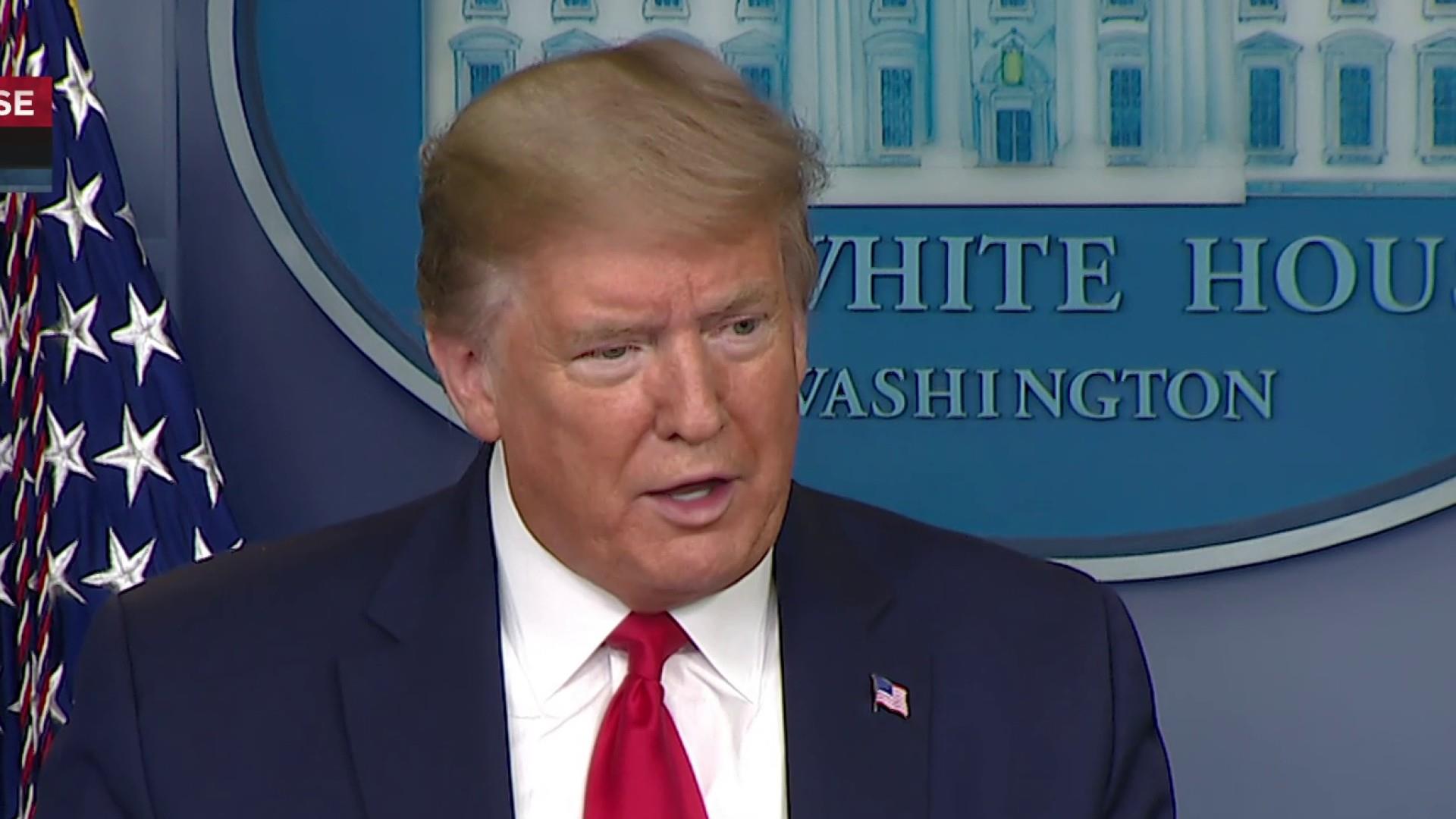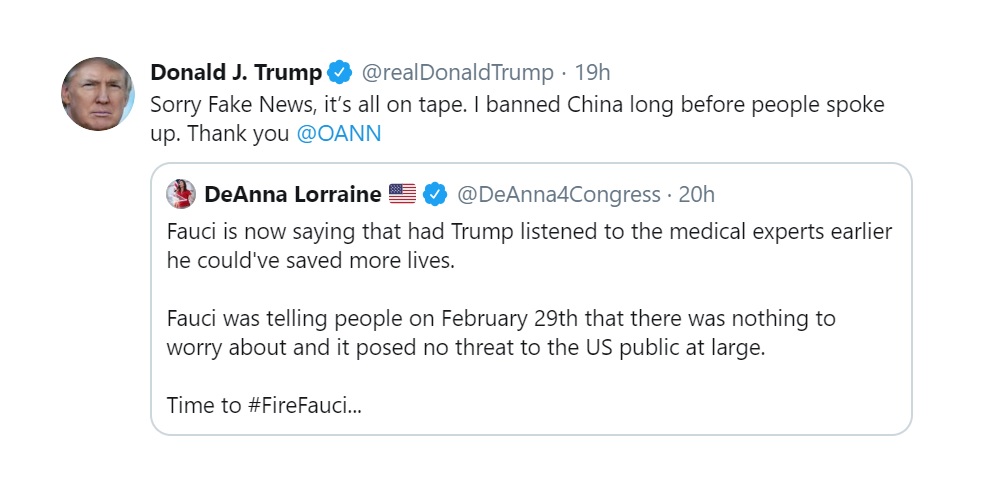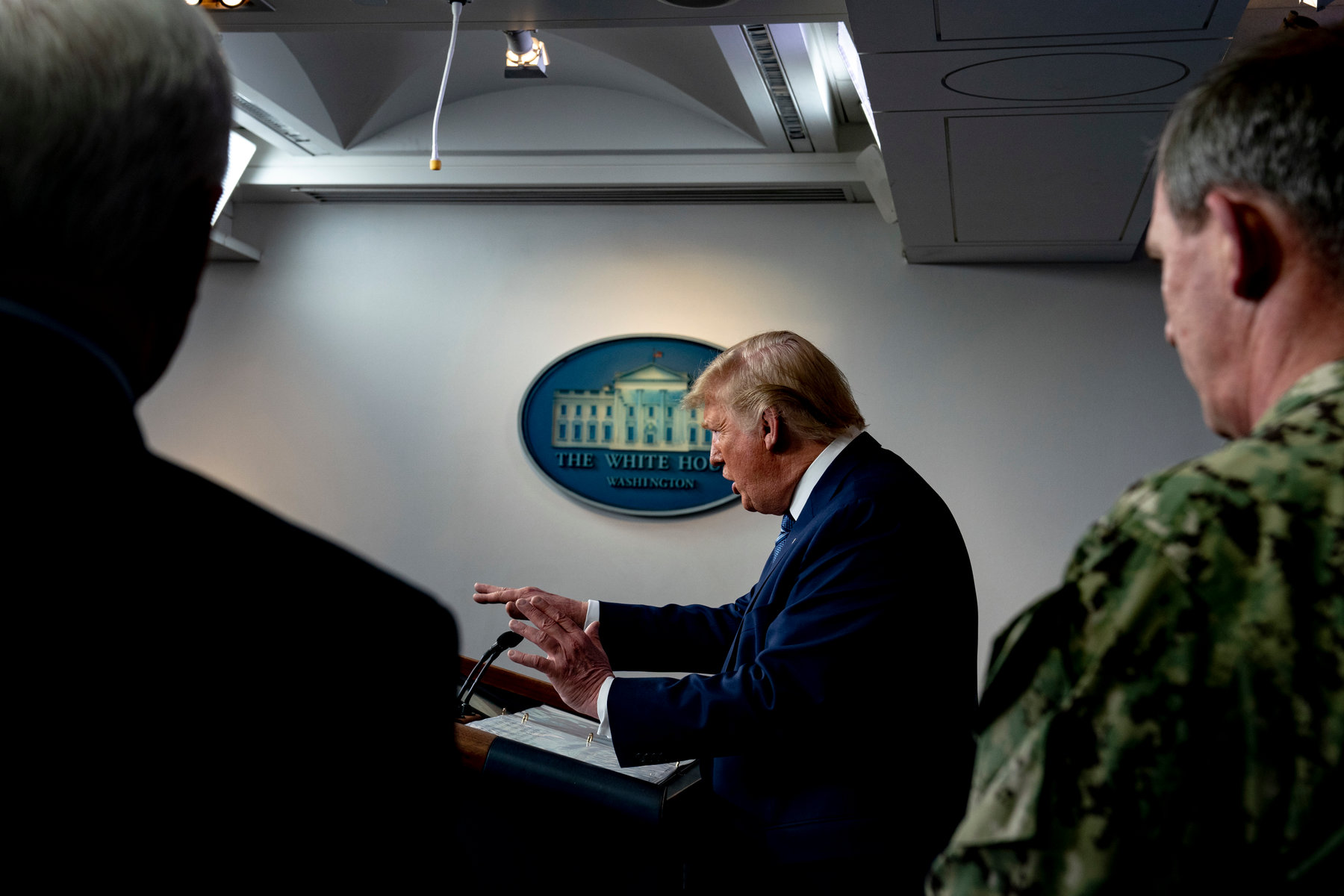President Donald Trump retweeted a call to fire Dr. Anthony Fauci Sunday evening, raising concerns about the job security of the public health expert, while once again highlighting the precarious role of experts and the overall uncertainty that has plagued the Trump administration’s response to the coronavirus pandemic.
The retweet came following a spate of television appearances by Fauci — who is head of National Institute of Allergy and Infectious Diseases and a member of the White House coronavirus task force — including a Sunday morning CNN interview in which the doctor said earlier action could have limited Covid-19-related deaths in the US.
A conservative former California congressional nominee who has been a sharp Fauci critic on Twitter, DeAnna Lorraine, responded to the interview by tweeting, “Fauci is now saying that had Trump listened to the medical experts earlier he could’ve saved more lives. Fauci was telling people on February 29th that there was nothing to worry about and it posed no threat to the US public at large. Time to #FireFauci…”
Trump had refrained from publicly criticizing Fauci, but Sunday, he retweeted Lorraine and added some of his own commentary.
While the president did not engage with the call to fire the official, he did once again push the unsubstantiated claim that he acted early and decisively to curb the spread of the virus.
Trump didn’t seem to appreciate Fauci pointing out the obvious
Fauci himself suggested more could have been done by the administration Sunday on CNN’s State of the Union, when host Jake Tapper asked him what might have happened if the federal government promoted social distancing in February rather than in March, when the White House rolled out its “15 Days to Slow the Spread” guidelines.
“It’s — it’s very difficult to go back and say that. I mean, obviously, you could logically say, that if you had a process that was ongoing, and you started mitigation earlier, you could have saved lives,” Fauci said, adding, “But there was a lot of pushback about shutting things down back then.”
Fauci did not elaborate on what that pushback was, and who it came from, but did say earlier in the interview when asked about the administration listening to expert advice, “We make a recommendation. Often, the recommendation is taken. Sometimes, it’s not.”
But we do know from reports — including an investigation published Saturday by the New York Times — that much of the pushback came from Trump himself.
Experts warned of what was to come, but Trump did not take decisive action
Among other things, the Times report details how Dr. Nancy Messonnier, the director of the National Center for Immunization and Respiratory Diseases and one of the few federal voices warning the public of the threat the coronavirus posed in February, was sidelined due to these warnings. It also documents how Trump’s anger over her messaging both led to a leadership vacuum at a moment when there was no time to waste, as well as the cancellation of an important presidential briefing on mitigation strategies scheduled for February 26:
On the 18-hour plane ride home [from a state visit to India], Mr. Trump fumed as he watched the stock market crash after Dr. Messonnier’s comments. Furious, he called Mr. Azar when he landed at around 6 a.m. on Feb. 26, raging that Dr. Messonnier had scared people unnecessarily. Already on thin ice with the president over a variety of issues and having overseen the failure to quickly produce an effective and widely available test, Mr. Azar would soon find his authority reduced.
The meeting that evening with Mr. Trump to advocate social distancing was canceled, replaced by a news conference in which the president announced that the White House response would be put under the command of Vice President Mike Pence.
Pence reportedly put a moratorium on messaging like Messonnier’s — which may explain Lorraine’s assertion that Fauci claimed everything was fine in late February. Fauci did in fact tell the public not to worry in February, but tempered that message by saying Americans needed to be prepared for a rapidly changing situation.
On February 29’s NBC’s Today, for instance, Fauci said: “At this moment, there is no need to change anything you’re doing on a day-by-day basis, right now the risk is still low, but this could change. … When you start to see community spread, this could change, and force you to become much more attentive to doing things that would protect you from spread.”
According to the Times’ report, Fauci and other public health experts on the coronavirus task force were more than convinced that not only “could” things change, but that they would — particularly after a February 21 meeting at which pandemic simulations were run, leading those present to believe “they would soon need to move toward aggressive social distancing, even at the risk of severe disruption to the nation’s economy and the daily lives of millions of Americans.”
Getting Trump to reach the same conclusion became a weeks-long struggle, and it wasn’t just the advice of his public health experts the president reportedly shrugged off.
White House trade adviser and Trump confidant Peter Navarro wrote memos in late February warning of the looming coronavirus crisis in America. Trump told reporters last week, “I didn’t see ’em, I didn’t look for ’em either.” The National Security Council recommended shutting down large cities based on intelligence it gathered in January. As Vox’s Aja Romano writes, “The security experts went dismissed even as an unfounded conspiracy theory about the virus’s origin spread among some government officials and economic advisers pushed back against taking drastic measures to thwart China.”
Although the president was eventually brought onboard with mitigation efforts beyond border closures in March, the administration’s refusal to heed the advice of experts bearing dire warnings led to well-documented delays in scaling up testing, acquiring needed equipment, and offering consistent federal messaging on what was needed to limit the spread of the virus.
But the response remains a fractured one, sometimes plagued by infighting and frustration over who has taken on what. And as the president considers when to encourage Americans to resume normal life, it is still uncertain how much weight Trump is giving expert advice. When asked Saturday on Fox News what will influence his decision-making on extending social distancing guidance past April 30, the president said, “a lot of facts and a lot of instincts.”
Is Trump going to fire Fauci?
In this context, what Trump’s retweet means — if anything — is unclear. On one hand, he has a history of communicating displeasure with members of his administration on Twitter before firing them, tweeting once, for example about his dissatisfaction with former Inspector General Michael Atkinson four months before suddenly firing him. On the other hand, Trump has been effusive with his praise of Fauci, calling him “extraordinary” and a “good man.”
Friday, Trump told reporters, “I have great respect for this group. In fact, I told Tony Fauci — I said, ‘Why don’t you move to New York, run against AOC? You will win easily.’ But he decided that he’s not going to do that, okay? I kid.”
Given the president’s unpredictability, any number of explanations for the tweet are possible, from Trump blowing off steam at a moment of frustration over the CNN interview to him retweeting before having read the whole of Lorraine’s post. But as Fauci is, like Trump noted, widely popular — a Quinnipiac University poll released April 8 found 78 percent of Americans believe the doctor is handling the pandemic well, compared to the 46 percent who said the same of Trump — firing him seems inadvisable. Such a move would not only strip the US of a valuable expert at a time when such voices are badly needed, but would likely lead to widespread anger of the sort the president got a taste of Monday, as #FireTrump trended in response to his tweet.
[Vox]
